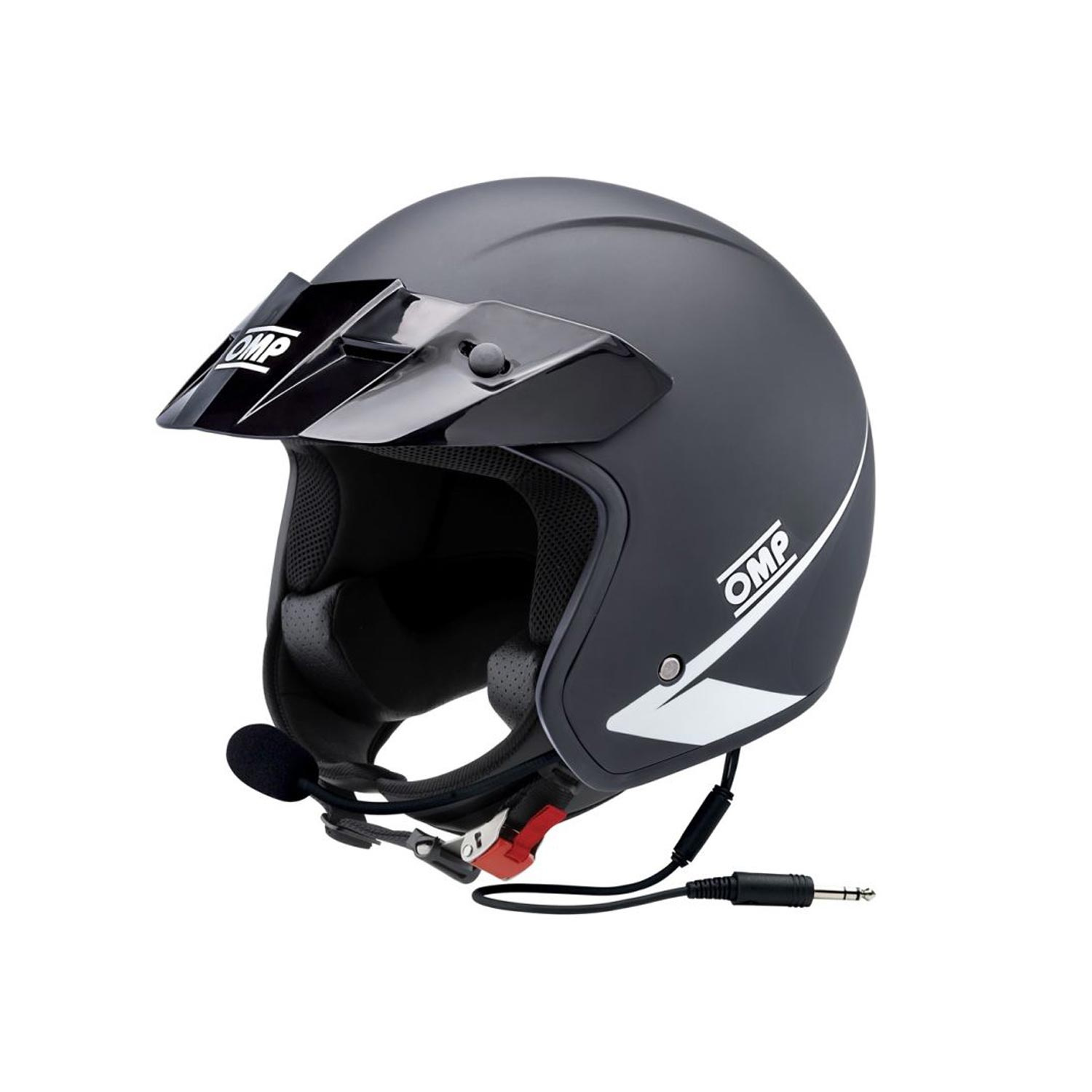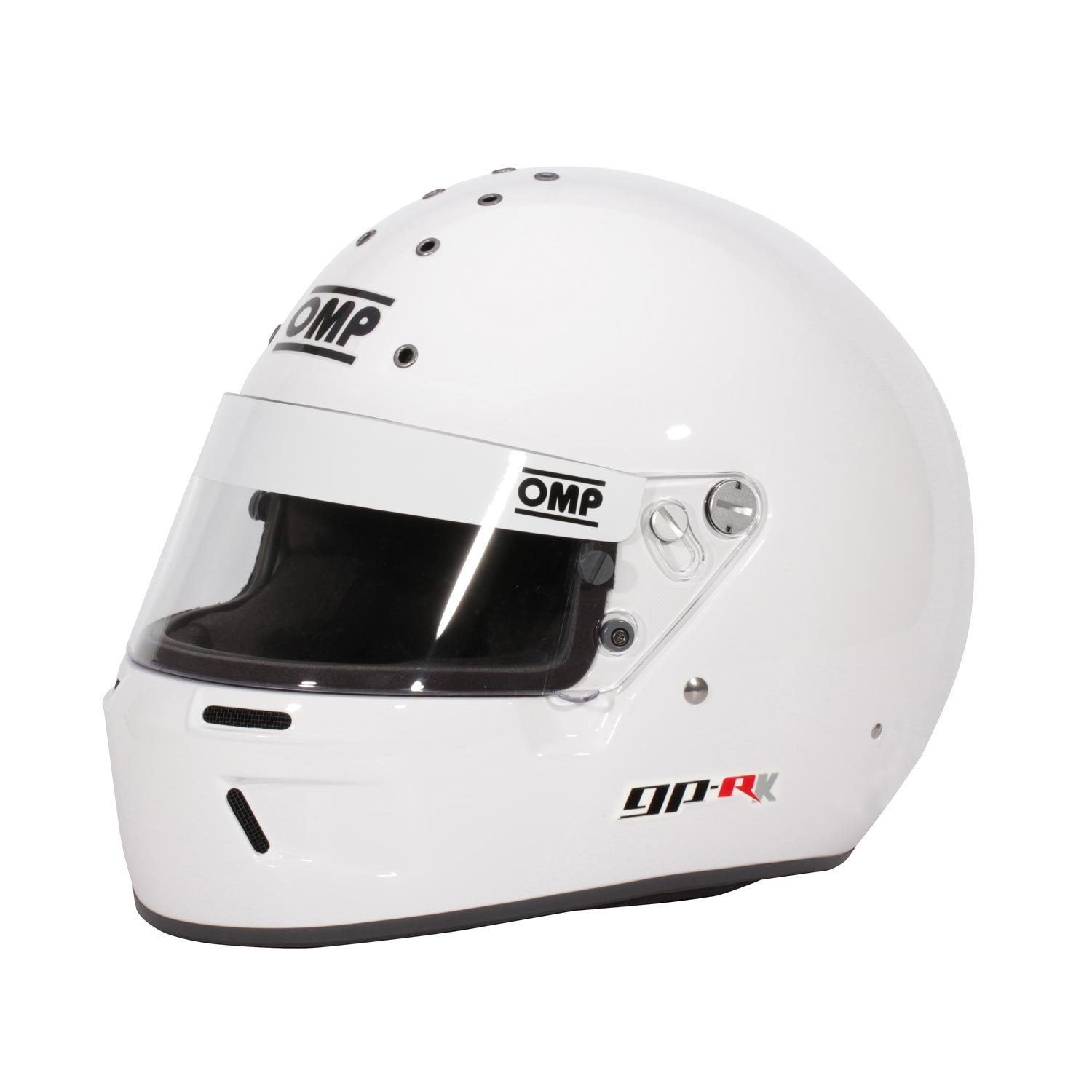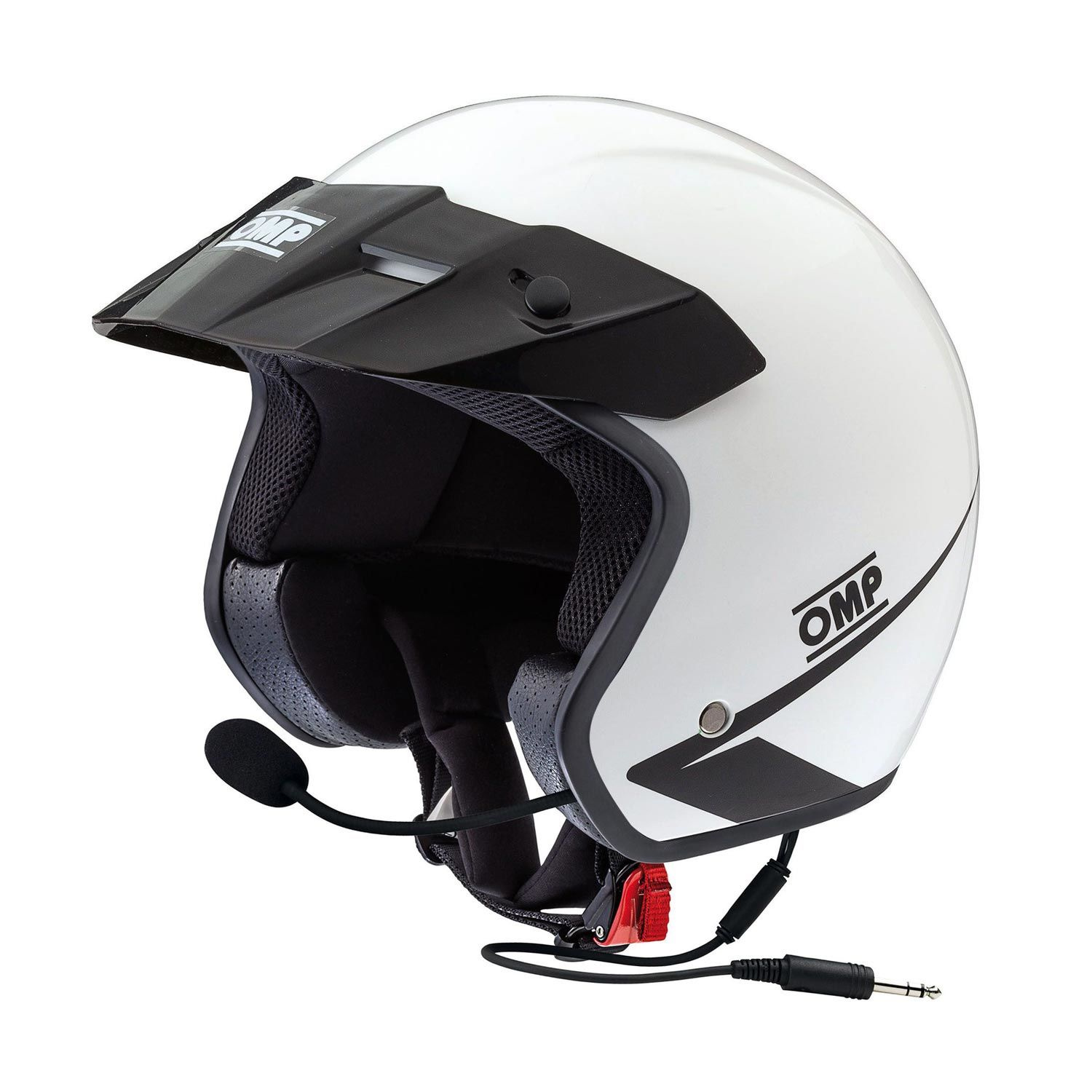How Much Does an F1 Car Weigh

Modern Formula 1 cars represent the heaviest generation in the sport's history, with current regulations mandating a minimum weight of 800 kilograms for the 2025 season. This figure includes the driver and all equipment but excludes fuel, creating a baseline that teams must meet to remain compliant with FIA technical regulations.
The weight specifications reflect decades of evolution in safety standards, hybrid technology integration, and performance optimisation. Understanding why F1 cars weigh what they do requires examining the regulatory framework, safety considerations, and engineering challenges that shape modern Grand Prix machinery.
Current Weight Regulations
The FIA's Article 4.1 technical regulations establish precise weight requirements that teams must observe throughout every session and race weekend. For 2025, the minimum combined weight of car and driver stands at 800kg, representing a 2kg increase from the previous season's 798kg requirement.
This adjustment reflects an increase in the minimum driver weight allowance from 80kg to 82kg, implemented to support driver health and create more equitable conditions for taller competitors. The change acknowledges that modern racing suits and cooling equipment add mass that wasn't previously accounted for in the regulations.
Teams can add ballast to meet weight requirements if their cars fall below the minimum threshold, but they cannot exceed it during competition. The ballast must be made from materials with specific density requirements – 7,500kg/m³ for 2025 – and positioned strategically to optimise the car's centre of gravity and handling characteristics.
Weight Measurement Process
The FIA employs rigorous procedures to ensure compliance with weight regulations:
- Pre-race scrutineering: Cars and drivers are weighed before each session
- Post-race verification: Mandatory weighing occurs immediately after race completion
- Random checks: Officials may conduct weight inspections during practice or qualifying
- Fuel exclusion: All measurements exclude fuel load but include driver and equipment
Historical Weight Evolution
F1 car weights have increased dramatically since the sport's early decades. Cars from the 1960s typically weighed around 500kg, while modern machines tip the scales at significantly higher figures due to safety enhancements and technological complexity.
The introduction of hybrid power units in 2014 added considerable mass, as did enhanced safety features like the Halo protection system and improved crash structures. Each regulatory evolution prioritised driver safety and performance capabilities over outright weight reduction.
The current 800kg minimum represents a compromise between safety requirements, technological advancement, and competitive equity. Teams previously spent enormous resources creating ultra-lightweight components, sometimes compromising durability and safety in pursuit of marginal weight savings.
Weight Increases Over Time
- 1950s-1960s: Approximately 450-550kg typical weight
- 1980s-1990s: 540-600kg with turbo and naturally aspirated engines
- 2000s-2010s: 605-642kg during V8 and early hybrid eras
- 2014-2021: 691-746kg with full hybrid systems
- 2022-2024: 798kg minimum under current regulations
- 2025: 800kg reflecting updated driver weight allowances
Future Weight Reductions
The 2026 regulatory overhaul promises significant weight reductions as part of a comprehensive technical revolution. Cars will shed 32kg to reach a 768kg minimum weight, achieved through dimensional changes and aerodynamic simplification.
These future regulations aim to create more agile racing machines while maintaining safety standards and technological sophistication. The weight reduction forms part of broader changes, including narrower bodywork, shorter wheelbases, and revised power unit configurations.
FIA President Mohammed Ben Sulayem has expressed hopes for even lighter future cars, recognising that excessive weight impacts racing quality and driver experience. The governing body continues balancing safety imperatives against performance considerations and spectacle enhancement.
Weight Impact on Performance
Heavier cars face multiple performance penalties that affect lap times, fuel consumption, and driver physical demands. Every additional kilogram translates directly into increased braking distances and reduced acceleration, though the impact varies depending on circuit characteristics.
Fuel consumption increases proportionally with weight, forcing teams to carry larger fuel loads or modify race strategies to compensate. The maximum fuel allowance of 110kg remains constant regardless of car weight, creating strategic complications for teams operating at higher masses.
Driver fatigue increases substantially with heavier cars, as greater mass generates higher G-forces during cornering and braking. Modern F1 pilots must develop extraordinary physical conditioning to handle these demands throughout race distances.
Performance Implications
- Lap time penalties: Additional weight typically costs 0.3-0.4 seconds per 10kg
- Fuel efficiency: Heavier cars consume more fuel for equivalent performance
- Tyre wear: Increased mass accelerates degradation across all compounds
- Handling characteristics: Weight distribution affects balance and responsiveness
OMP Helmets
The OMP helmet range provides cutting-edge head protection technology meeting the most stringent international safety standards.
Penalties for Weight Violations
Disqualification represents the standard penalty for cars found underweight during any official session. Recent examples demonstrate the FIA's strict enforcement, with drivers losing race results regardless of their finishing positions or circumstances leading to the violation.
The 2025 Chinese Grand Prix highlighted these consequences when both Charles Leclerc and Pierre Gasly faced disqualification after their cars registered below the minimum weight during post-race scrutineering. Even damaged components must be accounted for, with officials using spare parts to replicate original car configurations.
Teams bear complete responsibility for maintaining legal weight throughout sessions, with no allowances for damage, component failures, or strategic miscalculations. This absolute standard ensures regulatory compliance and maintains competitive equity across the grid.
Modern F1's weight regulations reflect the sport's evolution towards enhanced safety and competitive balance. While current cars weigh more than their predecessors, the comprehensive regulatory framework ensures fair competition whilst accommodating the technological sophistication that defines contemporary Grand Prix racing. The planned 2026 reductions promise more agile machines without compromising the safety standards that protect drivers in motorsport's most demanding environment.




